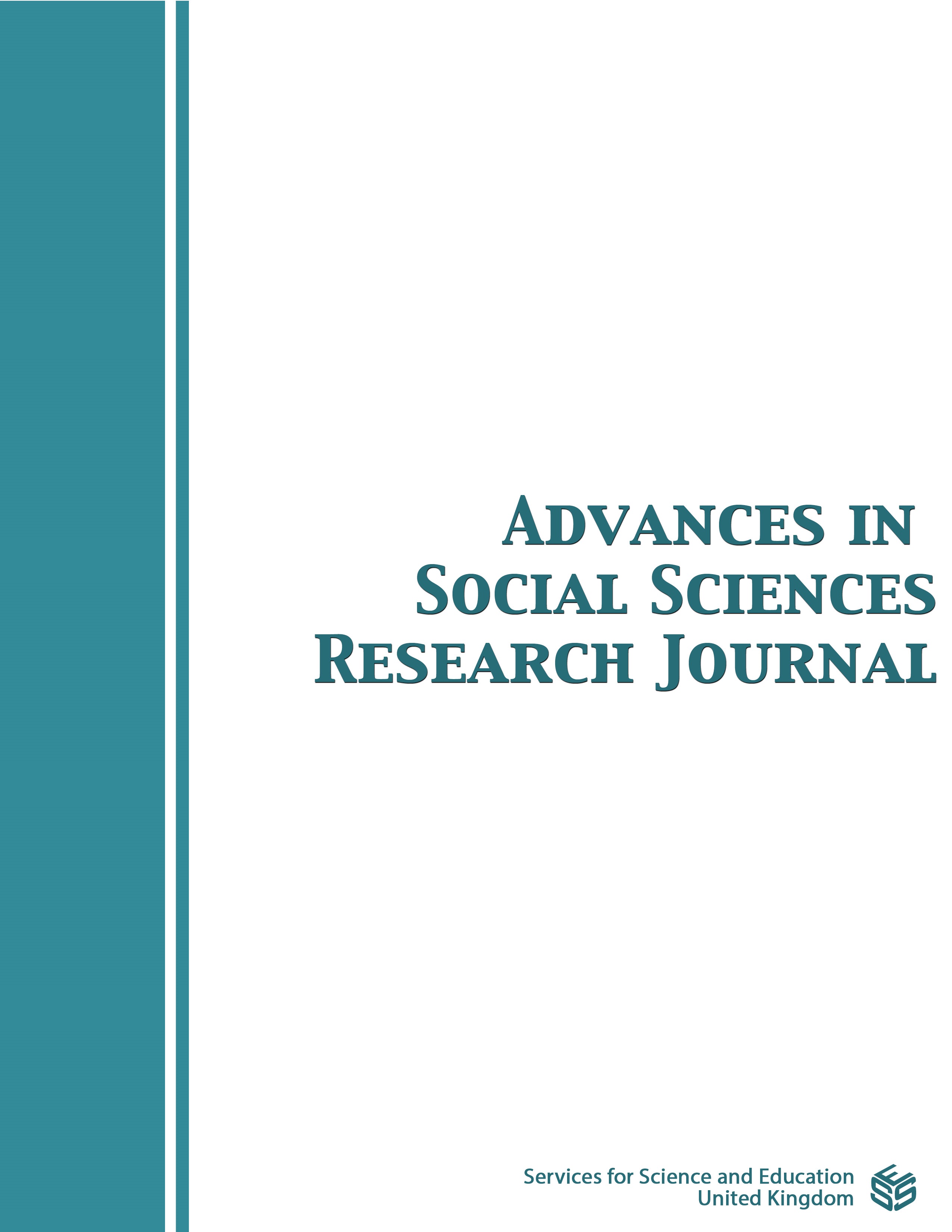Optimization of the Tourism Sector Through Tourism Village Development: A Case Study in Wonogiri District, Central Java
DOI:
https://doi.org/10.14738/assrj.102.13944Keywords:
tourism sector, development, tourism village, Analytical Hierarchy Process, Geographic Information SystemAbstract
The potential of village tourism is one of the alternativesforcing the development of the tourism sector. However, many areas have not been able to push rural potential into tourism villages. The purposes of this research are to map the distribution of tourism village potential, identify the factors supporting the development of a tourism village and develop a model for its development efforts. This study used mixed methods which were analyzed using Geographic Information Systems (GIS), Analytical Hierarchy Process (AHP) and descriptive qualitative. The results of the study found that the distribution of potential tourism villages in Wonogiri Regency contained 3 sub-districts with high potential, 12 sub-districts with medium potential and 10 sub-districts with low potential. Factors that support the development of tourist villages based on priority are: internal factors, institutional factors and external factors. The development of a tourist village requires collaboration involving all stakeholders, from the government, academia, the private sector/business community, the community and the media.
Downloads
Published
How to Cite
Issue
Section
License
Copyright (c) 2023 Lilyk Eka Suranny lilyk, Izza Mafruhah, Evi Gravitiani

This work is licensed under a Creative Commons Attribution 4.0 International License.
Authors wishing to include figures, tables, or text passages that have already been published elsewhere are required to obtain permission from the copyright owner(s) for both the print and online format and to include evidence that such permission has been granted when submitting their papers. Any material received without such evidence will be assumed to originate from the authors.






